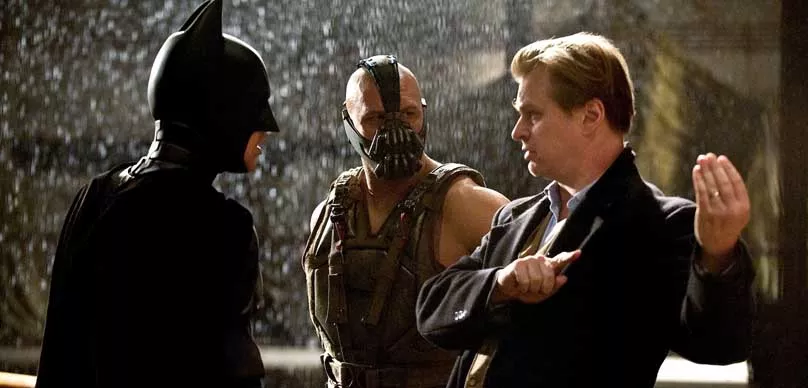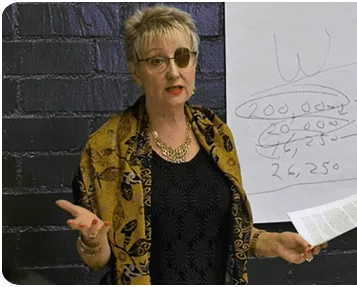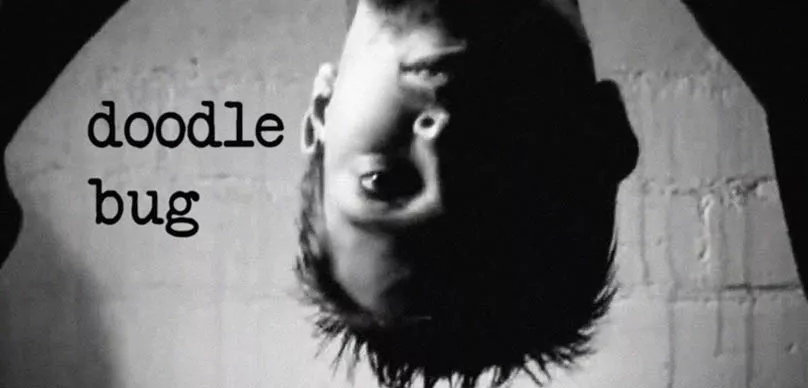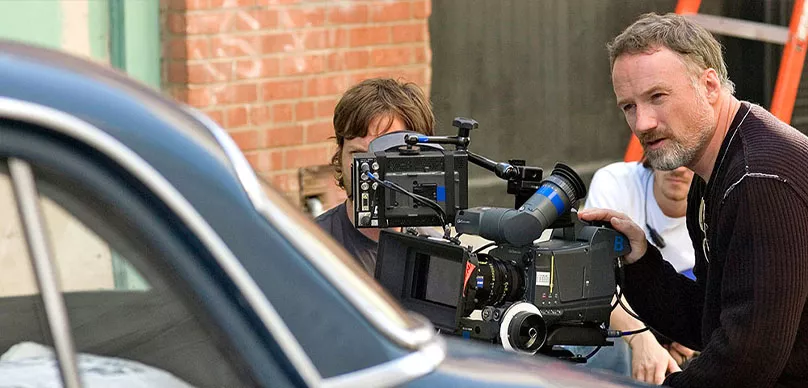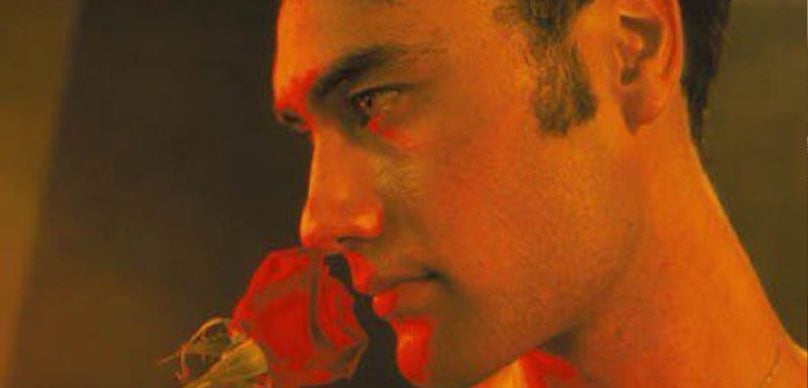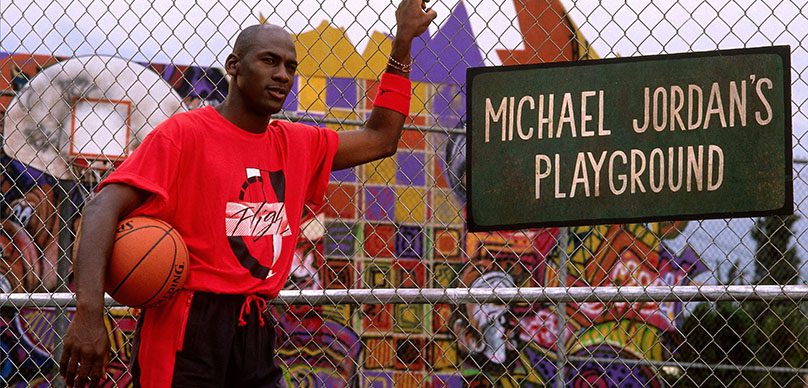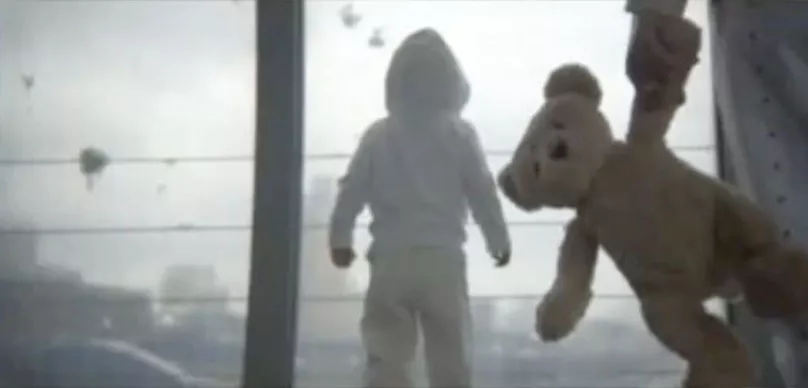Christopher Nolan is one of the greatest filmmakers of his generation. Being a writer/director really sets him apart from his contemporaries. His screenplays are a master class in the craft. We decided to put together an easy resource for screenwriters and filmmakers to be able to download Christopher Nolan Screenplays and study his unique storytelling methods.
Also, check out: Christopher Nolan’s Micro-Budget First Films: Doodlebug & The Following
Before you start reading, take a listen to the man himself break down Memento, the feature film that launched his illustrious career.
OPPENHEIMER (2023)
Screenplay by Christopher Nolan – AS SOON AS IT’S RELEASED
TENET (2020)
Screenplay by Christopher Nolan – Read the screenplay!
DUNKIRK (2017)
Screenplay by Christopher Nolan – Read the screenplay!
INTERSTELLAR (2014)
Screenplay by Christopher Nolan – Read the screenplay!
THE DARK KNIGHT RISES (2012)
Screenplay by Christopher Nolan, Jonathan Nolan – Read the screenplay!
INCEPTION (2010)
Screenplay by Christopher Nolan – Read the screenplay!
THE DARK KNIGHT (2008)
Screenplay by Christopher Nolan, Jonathan Nolan – Read the screenplay!
THE PRESTIGE (2006)
Screenplay by Christopher Nolan, Jonathan Nolan – Read the screenplay!
BATMAN BEGINS (2005)
Screenplay by Christopher Nolan, David S. Goyer – Read the screenplay!
MEMENTO (2000)
Screenplay by Christopher Nolan – Read the screenplay!
FOLLOWING (1998)
Screenplay by Christopher Nolan – Read the screenplay!
THE KEYS OF THE STREET (1997)
(Unproduced) Screenplay by Christopher Nolan – Read the screenplay!
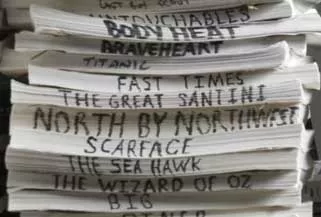
Want to read more screenplays by the best screenwriters working in Hollywod today?
The Bulletproof Screenwriting collection of screenplays are organized by screenwriter's & filmmaker's career for easy access.
- Oscar Contenders/Winners + Over 600 More Film Scripts
- Top 10 Most Wanted TV Pilot Scripts
- Superhero Origin Scripts
- Christopher Nolan
- Quentin Tarantino
- The Coen Brothers
- Aaron Sorkin
- Stanley Kubrick
- Charlie Kaufman
- Wes Anderson
- Shane Black
- William Goldman
- Guillermo del Toro
- Darren Aronofsky
- Michael Mann
- Diablo Cody
- James Cameron
- Pixar Screenplay Collection
- Richard Linklater
- Alexander Payne
- Jason Reitman
- Sofia Coppola
- Cameron Crowe
- Walter Hill
- Joss Whedon
- Kevin Smith
- Daniel Waters
- Greta Gerwig
- Francis Ford Coppola
- David Fincher Film’s Collection
- Frank Darabont
- Steven Spielberg
- David Lynch
- Nora Ephron
- Breaking Bad Script Collection
- Paul Thomas Anderson
- Ridley Scott
- Tim Burton
- Top 10 Most Wanted TV Pilot Scripts
- M. Night Shyamalan
- Martin Scorsese

Do you Want to read all the television pilots from the 2016-2021 seasons?
Learn from the best storytellers and television writers working in Hollywood today. Netflix, NBC, Hulu, HBOMax, Amazon, CBS and more.
Spoiler
Christopher Nolan MasterClass: How to Direct Your First Feature Film
Who isn’t familiar with the mastermind who resurrected Batman and made people watch Interstellar twice and thrice even just to find some new angle of the movie?
Being London-born, Christopher Nolan was born to an English father and an American mother, Brenden James Nolan who was an advertising executive while his mother Christina worked both as a flight attendant and English teacher. Having a childhood moving both in London and Chicago, Nolan has both American and British citizenship.
When Nolan was seven years old, he started making movies at the same age. It all began when his father took him to see the first release of Star Wars (1977) and the theatrical re-release of “2001”. He borrowed his father’s Super 8 camera and started shooting short films with his action figures. Being a Star Wars fan since childhood, he made a stop motion animation tribute called Space Wars.
Christopher Nolan had an uncle who worked for NASA and used to build guiding systems for the Apollo rockets. He sent him some launch footage which he re-filmed off the screen and cut in. Since the age of 11, Nolan had hoped to be a professional filmmaker.
When his family relocated to Chicago, Christopher Nolan started making films with Roko and Adrien Belic and received credit for editorial assistance on the brothers’ Oscar-nominated documentary Genghis Blues (1999).
Nolan worked with Roko and future Pulitzer Prize winner, Jeffrey Gettleman for documenting a safari across four continents, organized by the late Dan Eldon in early 1990s.
Christopher Nolan attended an English boarding school Haileybury and Imperial Service College in the Hertford Heath. He studied English Literature at University College London. He chose UCL solely for film facilities which happened to include Steenbeck editing and 16 mm film cameras.
He and wife Emma Thomas started dating in their first year. They ran a film society and used to screen 35mm films to make money so that members were able to shoot 16mm film shorts.
In college years Nolan shot two short films Tarantella (1989), shown on an independent film and video showcase, Image Union. The second was named Larceny (1995), filmed over a weekend with limited equipment, cast, and crew.
It was funded by Nolan and shot using the society’s equipment and appeared at the Cambridge Film Festival in 1996 and is considered one of the best shorts of UCL.
After graduating from college, Christopher Nolan directed industrial films and corporate videos. He made another short Doodlebug (1997), which was about a guy chasing an insect around the apartment with a shoe only to find out after squashing it that it was his miniature
1998 brought Nolan’s first feature, Following which he funded himself and shot with friends. The plot depicts of a young writer (Jeremy Theobald) who follows strangers in London hoping to get material for his first novel but gets caught up in the criminal world when he failed to maintain distance.
It was based on Nolan’s own experience of living in London and getting his flat burgled.
Made on a modest budget of £3,000 it was shot only on weekends for a whole year. Nolan wrote, edited and photographed himself while Emma co-produced it with Theobald. In its festival run, Following won numerous awards and was well received by the critics as well. It was said to have echoed of Hitchcock classics.
Nolan made an incredible entry upon the film scene with Memento (2000). During a road trip to Los Angeles Nolan’s younger brother gave him the idea for Memento Mori which was about a man suffering from anterograde amnesia and uses notes and tattoos to hunt for the killer of his wife. This $4 million film delivered the crime thrillers feels but the twist was the way Nolan presented it.
The recurring memory of the hero was illustrated by a narratives pair. The twist was one was moving forward while the other narrated the story backward. It was premiered at the Venice International Film Festival in September of 2000 at and starred Guy Pearce and Carrie-Anne Moss earning critical acclaim.
Nolan has explored how conscious memories make up the identities in this film.
Being a huge success, it received Golden Globe and Academy Award nominations for the screenplay. Moreover, it bagged Independent Spirit Award for Best Director, Best Screenplay as well as Directors Guild of America Award nomination. It was considered to be one of the best films of 2000s by many critics.
Steven Soderbergh recruited Nolan after seeing his work on Momento, to direct a psychological thriller, Insomnia (2002) which starred the Academy Award winners Robin Williams, Al Pacino and Hilary Swank. Warner Bros. wanted someone more experienced but Soderbergh and his team fought for Nolan and as well for the cinematographer and editor of his choice.
A much conventional film being a remake of 1997 Norwegian film bearing the same name, the budget of the movie was $46 million. Upon asking Al Pacino during the shooting, he said that he could tell right away that he was going to be very proud to say that he starred in a Christopher Nolan movie.
The story is about two detectives from Los Angeles who are sent to Northern Alaskan town to investigate a teenager’s murder. It received positive reviews from critics. The director of the original film was satisfied and called it a well-crafted smart film whose director handling was really good. The film grossed $113 million worldwide and showed Warners that he could definitely handle the demands and pressure of a studio movie.
Intrigued by the character and story, Nolan approached Warner Bros. in 2003 with the idea to make a Batman film which reflected a classic drama than a comic book story. The biggest project he had undertaken, Batman Begins was a massive commercial and critical success which revived the franchise. It starred Christian Bale, Michael Caine, Morgan Freeman, Liam Neeson and Gary Oldman.
It narrates the origin story of the character from bat fear, death of his parents, becoming Batman and fight against Ra’s al Ghul to save Gotham City. It was the 8th highest grossing film in US and 9th highest worldwide. It was nominated for three BAFTA awards and Academy Award for Best Cinematography.
Before Batman, Nolan produced, directed and co-wrote the Prestige (2006) which was Christopher Priest novel’s adaptation. The plot was about two rival magicians of the 19th century. Starring Hugh Jackman and Christian Bale in lead roles, it earned critical acclaim as well as Oscar nomination for Best Art Direction and Best Cinematography.
The sequel to Batman Begins was announced in July 2006. Released to immense critical acclaim, The Dark Knight released in 2008 and cited as the best super-hero films ever.
It was nominated for eight Oscars at the 81st Academy Awards and won two: posthumous Academy Award for Best Supporting Actor (Heath Ledger) and Academy Award for Best Sound editing. Recognized by his peers, Nolan earned nominations from DGA, PGA and Writers Guild of America.
A huge commercial and critical success, Inception (2010) starred a large cast which was led by Leonardo Dicaprio. Inception was a proof that it is possible for art and blockbusters to be the same thing. Grossing over $820 million worldwide, Inception was nominated for eight Oscars and won four for Best Picture, Best Sound Mixing, Best Sound Editing an, Best Visual Effects.
Christopher Nolan was hugely appreciated and praised by being awarded a Writers Guild Award for the film and earning nominations for Golden Globe, DGA, PGA and BAFTA awards.
The third Batman film was released in 2012, The Dark Knight Rises. It was also a big success and won critical acclaim.
Nolan was to direct, write and produce a science-fiction film as announced in 2013 January, titled Interstellar. The first drafts were written by Nolan and it was to be directed by Steven Spielberg.
Based on the renowned theoretical physicist Kip Thorne’s scientific theories, the film was a journey to the farthest borders of scientific understanding. Starring Anne Hathaway, Matthew McConaughey, Bill Irwin and Jessica Chastain it was co-distributed and co-financed by Warner Bros. and Paramount Pictures.
Interstellar was released to a strong box office response and positive reviews on 5th November 2015 and grossed $670 worldwide. It won the Best Visual Effects at the 87th Academy Awards and received nominations for Best Sound Editing, Best Sound Mixing, Best Original Score and Best Production Design.
The filmmaking process of Christopher Nolan is a combination of geometry and intuition. He gives his actors as much takes they may need of a given scene. Nolan likes to shoot on natural settings and real locations. His style is deeply influenced by film noir. He prefers to shoot on film rather than digital and use of digital cinematography and digital intermediates are opposed by him. He favors deep and haunting shadows and prefers the documentary styled lighting. According to Christopher Nolan, he is inspired by M.C Escher, the Dutch graphic artist.
His style is deeply influenced by film noir. He prefers to shoot on film rather than digital and use of digital cinematography and digital intermediates are opposed by him. He favors deep and haunting shadows and prefers the documentary styled lighting. According to Christopher Nolan, he is inspired by M.C Escher, the Dutch graphic artist.
Christopher Nolan is by far one of the greatest directors of his generation. His ability to dance between an indie film mindset and major world-wide blockbuster is extremely rare these days. I have spoken to people who work with him on the backlot of Warner Brothers and it’s known that Christopher Nolan does not read email or even has a cell phone. He says:
“I’d rather spend my time working on my films.”
That shows you the man’s dedication to his craft.
If more Hollywood directors would worry more about how to make their film projects better and actually work on their craft it would be a very different cinematic landscape.

